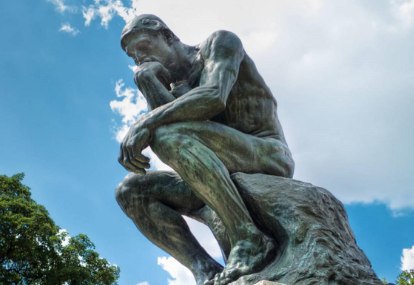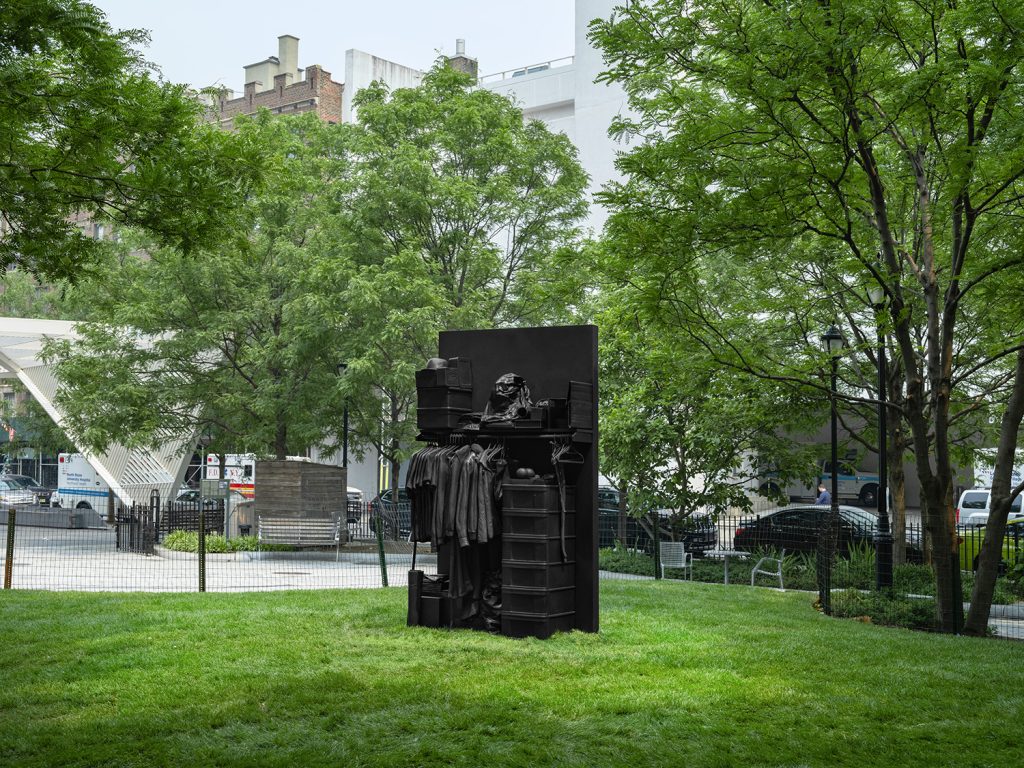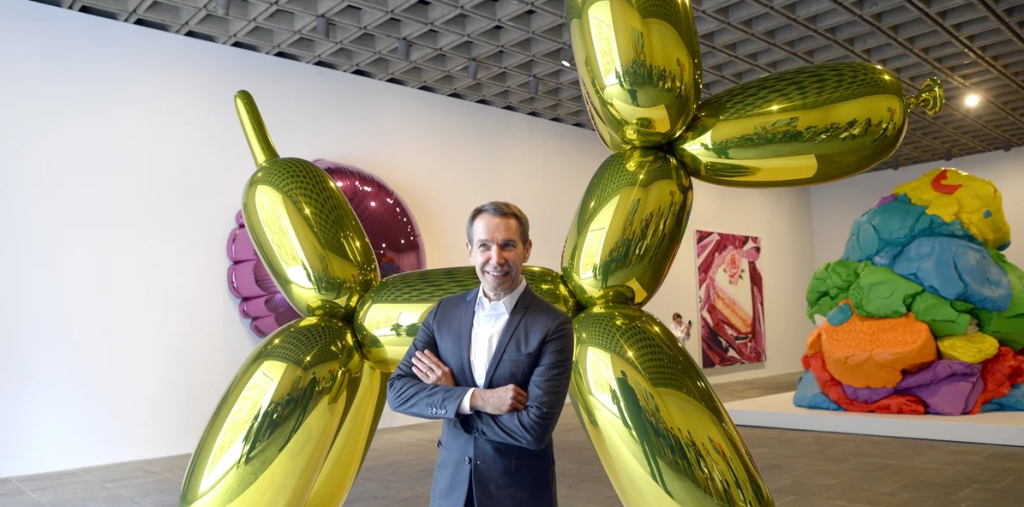Unraveling the Depths: The Symbolism Behind Rodin’s ‘The Thinker’
Auguste Rodin’s iconic sculpture, ‘The Thinker,’ has become a symbol of philosophical contemplation and profound introspection. This piece not only captures the human experience but also invites viewers to explore the deeper meanings behind its powerful imagery. Understanding the symbolism of ‘The Thinker’ can enrich our appreciation of the artwork and its relevance in today’s world.
The Struggle of Contemplation
At first glance, ‘The Thinker’ appears to represent a figure deep in thought, with its muscular form emphasizing the effort involved in mental labor. This is emblematic of the struggle inherent in profound contemplation. Rodin intended to showcase that thinking is no easy task; it requires focus, sacrifice, and sometimes even turmoil. The tense posture—leaning forward with a furrowed brow—serves as a reminder that the pursuit of knowledge and understanding often comes with considerable personal effort.
The Universality of the Human Experience
Another compelling aspect of ‘The Thinker’ is its representation of universal human emotions and experiences. Whether it’s a student wrestling with a philosophical question or an artist struggling to create, the sculpture resonates with anyone who has faced challenges of thought and reflection. This artifact transcends time and culture, offering a shared connection among those who ponder life’s mysteries. Rodin’s choice to depict a male figure can also be seen as a commentary on traditional roles of masculinity associated with rationality and strength, prompting discussions about gender and thought processes in modern society.
Art as a Catalyst for Reflection
Rodin’s work functions not just as an artistic representation but as a catalyst for deeper reflection. Visitors to museums often find themselves captivated by ‘The Thinker,’ leading them to ponder their own life’s complexities and decisions. The sculpture encourages us to take a moment to pause, think, and engage with our inner thoughts. This connection to self-examination is especially relevant in today’s fast-paced world, where mindfulness and awareness are increasingly important. The physical form of ‘The Thinker’ becomes a metaphor for the importance of taking time for introspection, reinforcing the notion that clarity often emerges from moments of stillness and contemplation.
In conclusion, Rodin’s ‘The Thinker’ embodies the essence of mental struggle, universal human emotions, and the importance of reflection. This iconic sculpture invites us to not only appreciate its artistic beauty but also to delve into our own thoughts and experiences. As you explore the world of art, take the time to reflect on your own journey and the myriad of questions that shape your life. Delve deeper into the works of Rodin and discover how art can inspire and transform our understanding of ourselves and the world around us.


